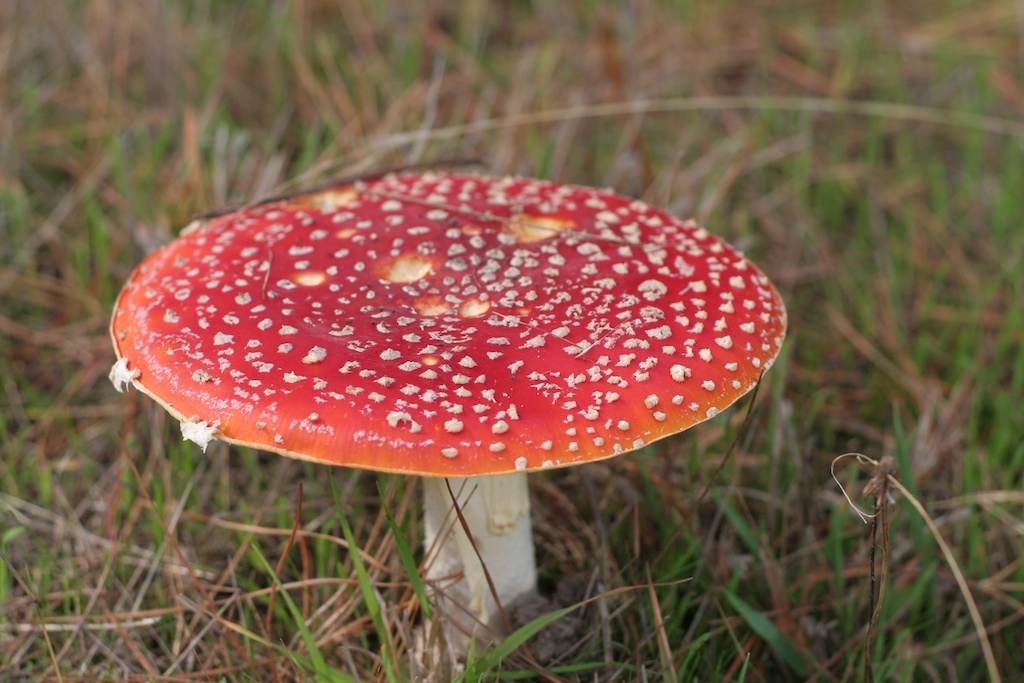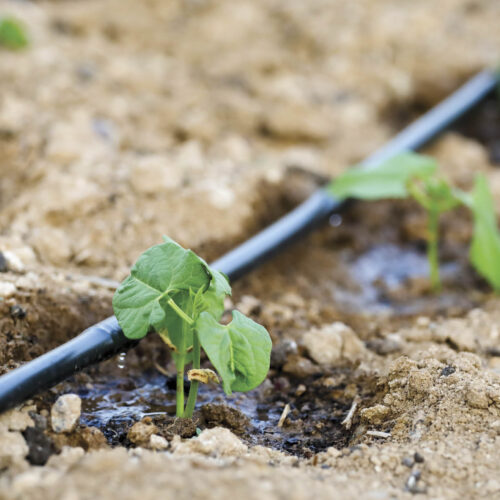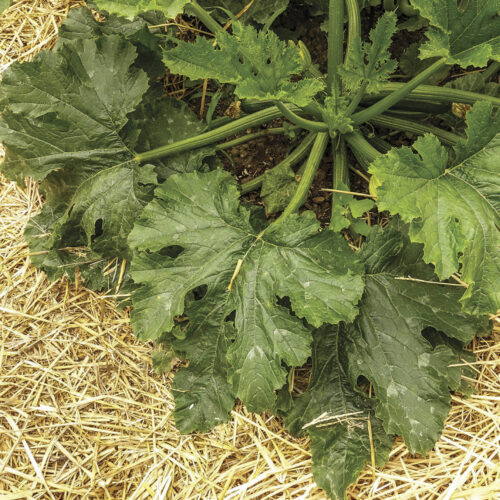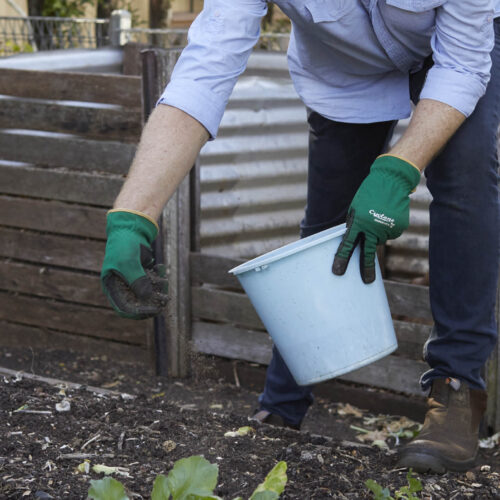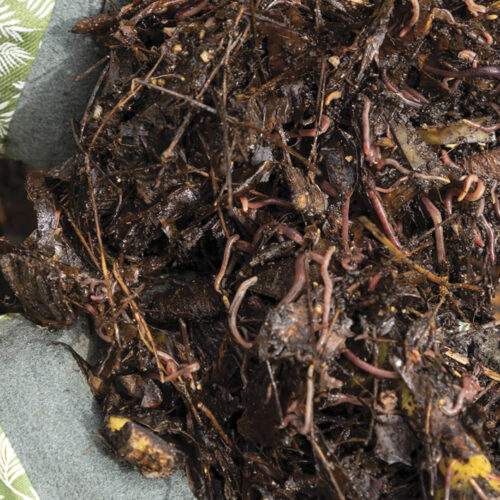Fungi facts
2015-01-29T06:55:05+11:00
PENNY WOODWARD says it is good to look after most of the fungi growing in your garden.
We are all starting to recognise the importance of the soil food web to our gardens. So not only is the above ground environment, including plants, insects, frogs, lizards and birds, essential to your garden’s health, but so is the complex life in your soil. We know that worms and a range of insects and bacteria are essential to soil health but it is taking longer to recognise how essential fungi are to healthy plants and soil.
The fungi (mushrooms and more) that we see in our gardens, parks and wild places are the fruiting bodies of the fungal mycelium below the soil. A bit like flowers on more familiar plants. The mycelium is a web of fine tendrils (hyphae) that spread through the soil and interact with plant roots to produce food for themselves and, with the help of microscopic animals, for the plants as well. In my garden and when I am out on my early morning bike rides I often see unusual (and more common) mushrooms and wonder what they are. And I have also learnt how devastating the fungicides we use to control fungal problems on our vegetables and fruit trees, can be to the fungal part of the food web in the soil. I try to only use fungicides when I have to, and go for the mildest possible, milk or sodium bicarbonate or potassium bicarbonate. If I have to use sulphur then I always spread a thin layer of compost over the soil afterwards, in an attempt to put back any fungi that might have been killed by the sulphur dripping into the soil.
While contemplating the world of fungi, I have often thought that it would be great to have a website that we could use to identify our fungi. Much to my delight I recently discovered that such a website exists. It is at Fungimap website
Here you can find pictures of Agarics, Boletes, Chanterelles, Clubs, Crusts, Jellies, Leathers, Morels, Stinkhorns, Puffballs and even Earthstars. Wonderful names that conjure food for thought. And this website is more than just beautiful pictures of fungi, they also want your help. If you see an interesting fungi they want you to submit the details, a photo and a location. This will help to contribute to the National Australian Fungimap Database – an important and unique collection of information about Australia’s fungi. It also aids research by professionals and citizen scientists. They point out that very little is known about Australian Fungi and by contributing to the Fungimap you might even find a species unknown to science. The Fungimap site is hosted by Melbourne University and is a not-for-profit, nation-wide, citizen-science organisation dedicate to Australian fungi.
The photo is Amanita muscaria more commonly known as fly agaric. It is an introduced species found in southern parts of Australia, mainly under exotic conifers. There is concern that, like other introduced plants, this fungi may oust native fungi. As well as being introduced, this fungi is very poisonous so is one that you don’t need to look after!
*Organic Gardener warns against collecting any fungi for consumption without proper identification. Poisonous fungi often resemble edible mushrooms. Remember, if in doubt throw it out!

